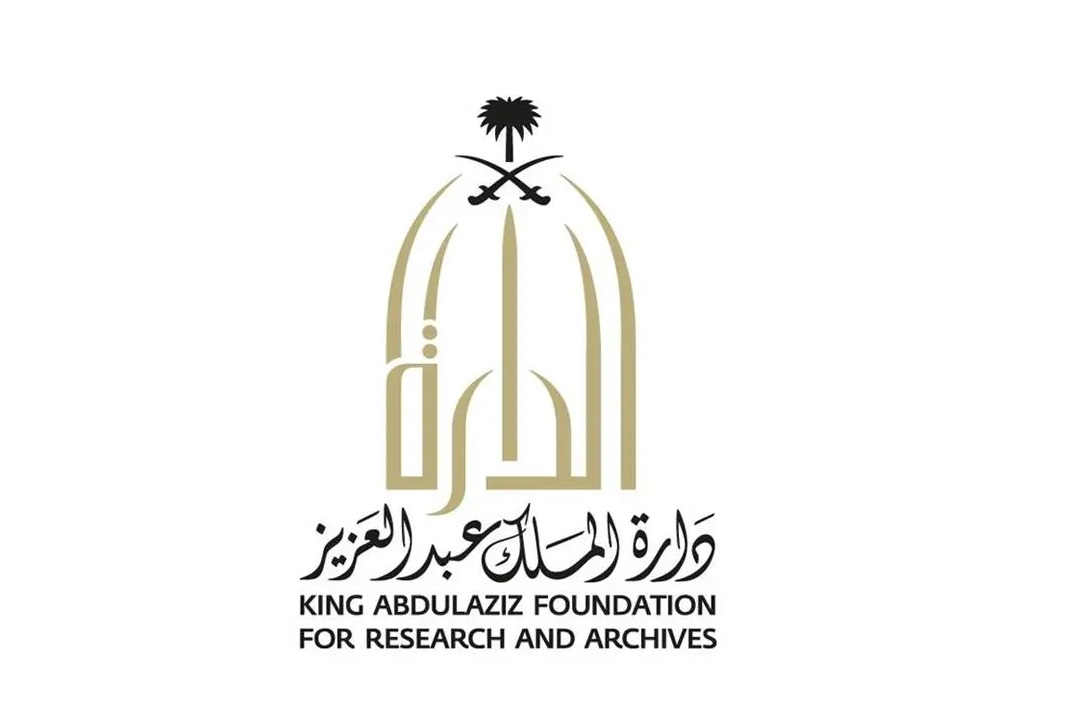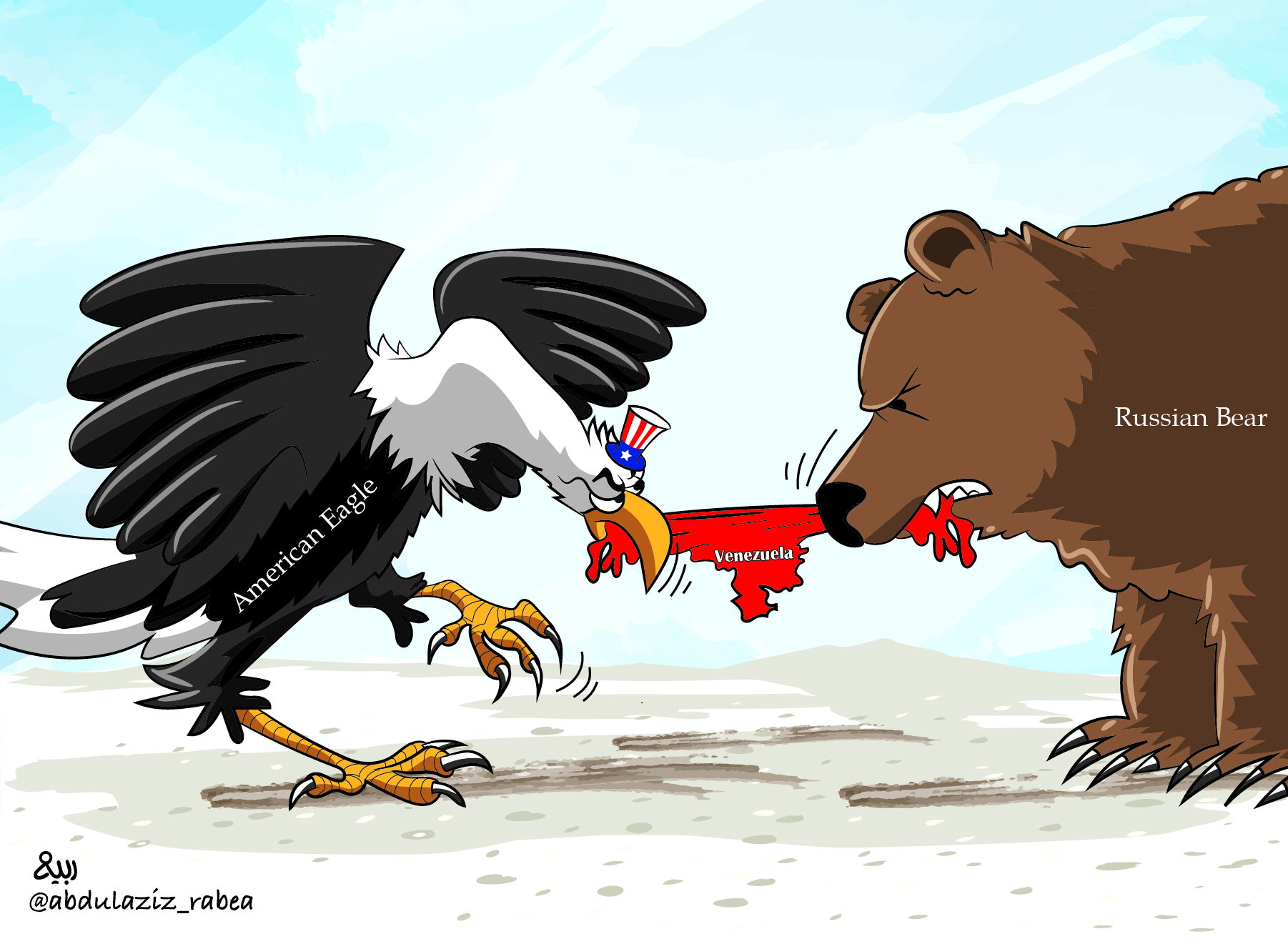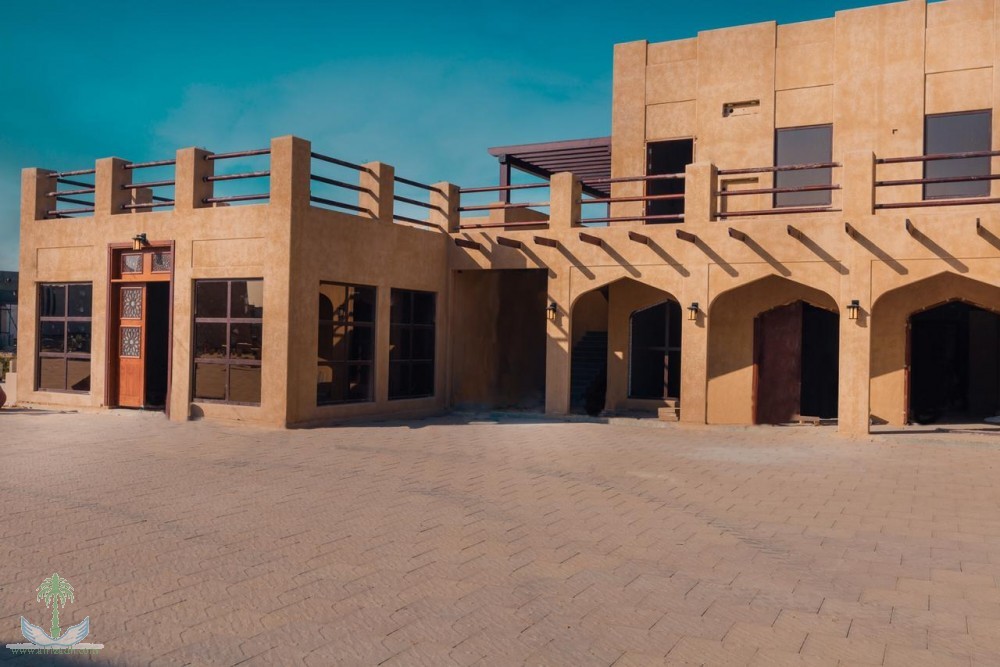
Darah's New Book Chronicles Holy Quran's Writing Evolution
King Abdulaziz Foundation for Research and Archives (Darah) has released a new book about the methods of writing the Holy Quran throughout history, authored by Abdulmohsen bin Ma'mar. This book serves as a scientific reference on the evolution of tools and methods used in writing the Quran, from the time of revelation to modern digital printing.
It highlights the historical efforts of Muslims in preserving the Quran, including manual documentation during the time of the Prophet Muhammad (peace be upon him), when materials such as leather, palm leaves, and stone tablets were used. The book also details the efforts of collection and standardization, as well as the development of writing styles, including the use of diacritics and decorative elements in calligraphy.
Notably, it includes tactile examples and rare images of writing tools, such as reed pens, ink made from natural materials, and various writing surfaces like parchment and wood. This enhances the reader's experience by providing a tangible connection to the history of Quran writing.
The publication discusses Saudi Arabia's role in preserving the Quran, including the establishment of specialized institutions and the King Fahd Glorious Qur'an Printing Complex in Madinah.
The book aligns with Darah's mission to document the history of the Arabian Peninsula and the Kingdom, particularly in relation to the Holy Quran.








